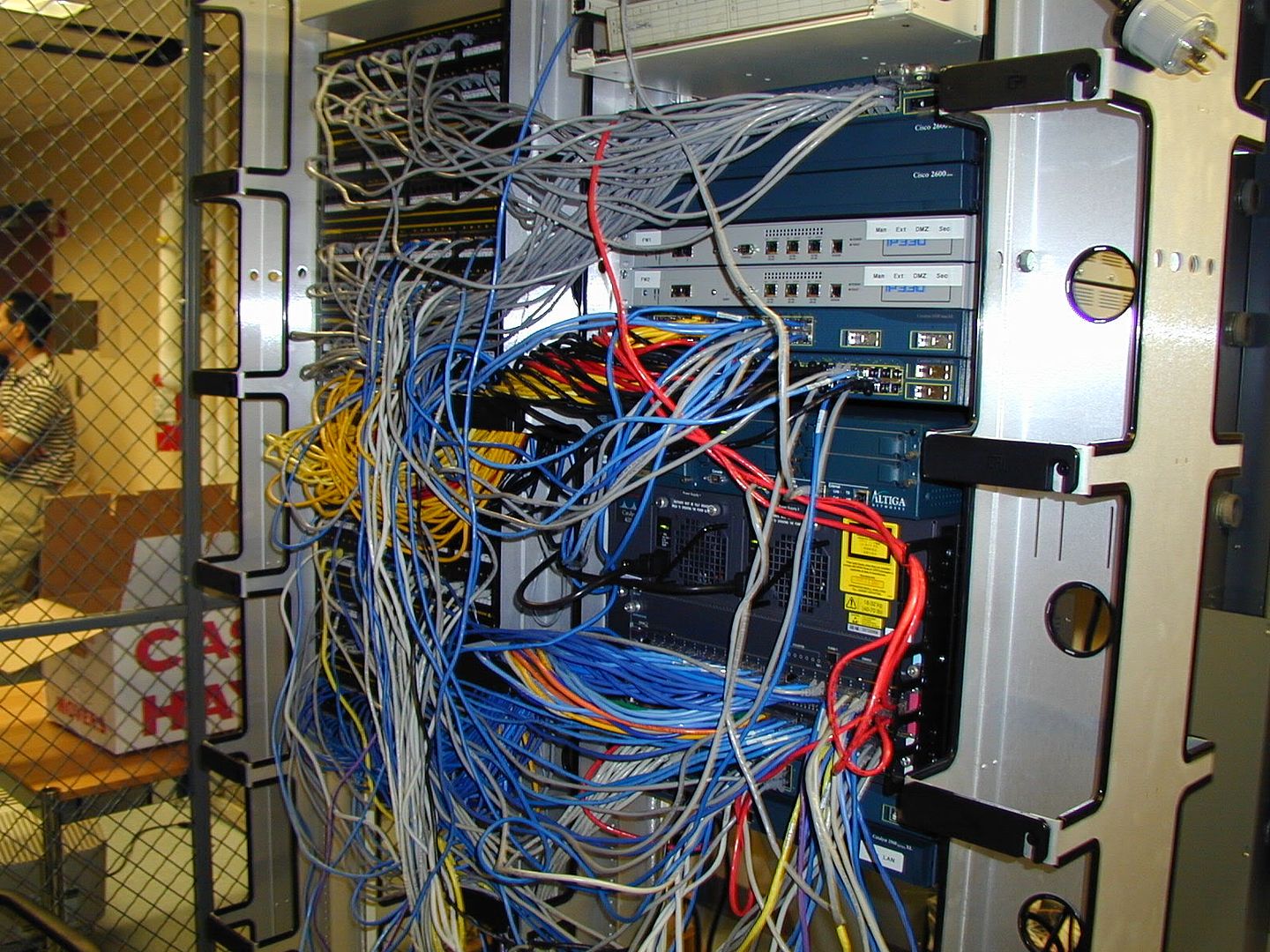
The industry group that promotes Wi-Fi technology standards for wireless Internet access is launching a simplified method for configuring the security settings between a wireless router, laptops and other devices, addressing a long-standing complaint that keeps many users from protecting their home networks.
The Wi-Fi Alliance was set to announce Monday that it has certified the first products featuring the new specification, which is called Wi-Fi Protected Setup.
By making the setup easier and reducing the number of steps, the industry group hopes to encourage more consumers to turn on the security features that already come standard with Wi-Fi equipment, but frequently go unused due to confusion and complexities.
A survey last year by JupiterResearch found that 40 percent of consumers had either not activated the security on their Wi-Fi networks or weren't sure if they had, with more than half of them saying they thought their Internet firewalls were sufficient and many others pointing to setup difficulties.
An unprotected network can be vulnerable to hackers or, at the very least, slowdowns in an Internet connection due to neighbors and passersby "borrowing" the wireless signal. The industry alliance views either scenario as a threat to the proliferation of the hugely popular Wi-Fi standard into devices beyond laptop computers, from cell phones and cameras to televisions and video game consoles.
The first generation of the new security specification supports two modes of establishing an authorized connection between a Wi-Fi router and a computer or other wireless device.
The first approach involves PINs, or personal identification numbers, that would come with each device, with a computer serving as the control center. When the PIN is entered on the computer, the device is allowed on the network.
As an alternative, manufacturers can install buttons on their hardware. To authorize a connection, the user would press the button on the router first, and then the button on the device.
While devices that consumers already own will be compatible with new products featuring Wi-Fi Protected Setup, the simplified security configuration will only be possible if both are set to the new specifications. Manufacturers of existing products may offer software upgrades to add the easier setup capability, the Wi-Fi Alliance said.
By mid-year, the alliance also plans to introduce security setups that use Near-Field Communication, an emerging technology where a short-range radio tag embedded in a small token or card could be touched to a device also containing a radio tag.
"Wi-Fi has quickly become one of the most pervasive wireless technologies, but consumers have told us they want it to be easier to set up and protect," Frank Hanzlik, managing director of the alliance, said in a statement. "Wi-Fi Protected Setup reduces by half the number of user steps required to set up a network."
The specifications were developed by members of the alliance, including Broadcom Corp. and Atheros Communications Inc., two leading producers of semiconductors used in Wi-Fi gear.
No comments:
Post a Comment